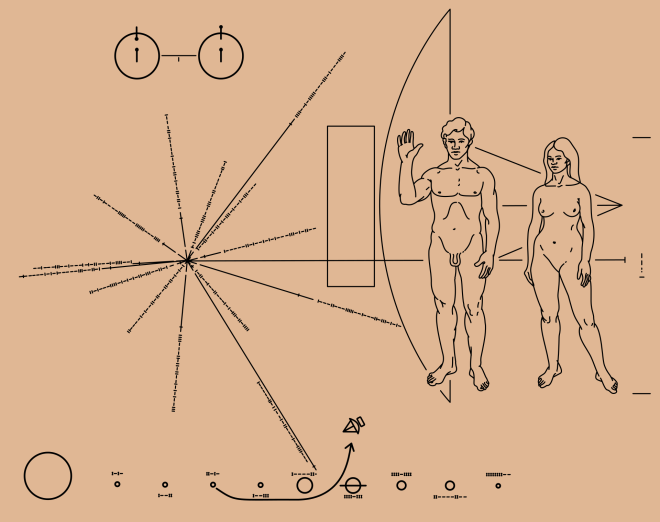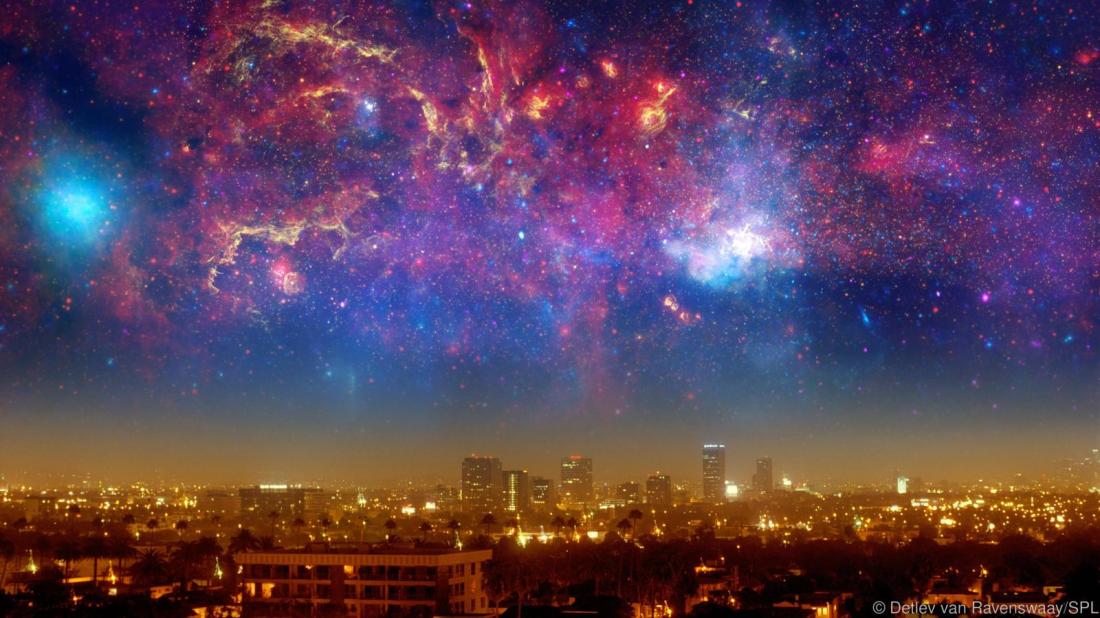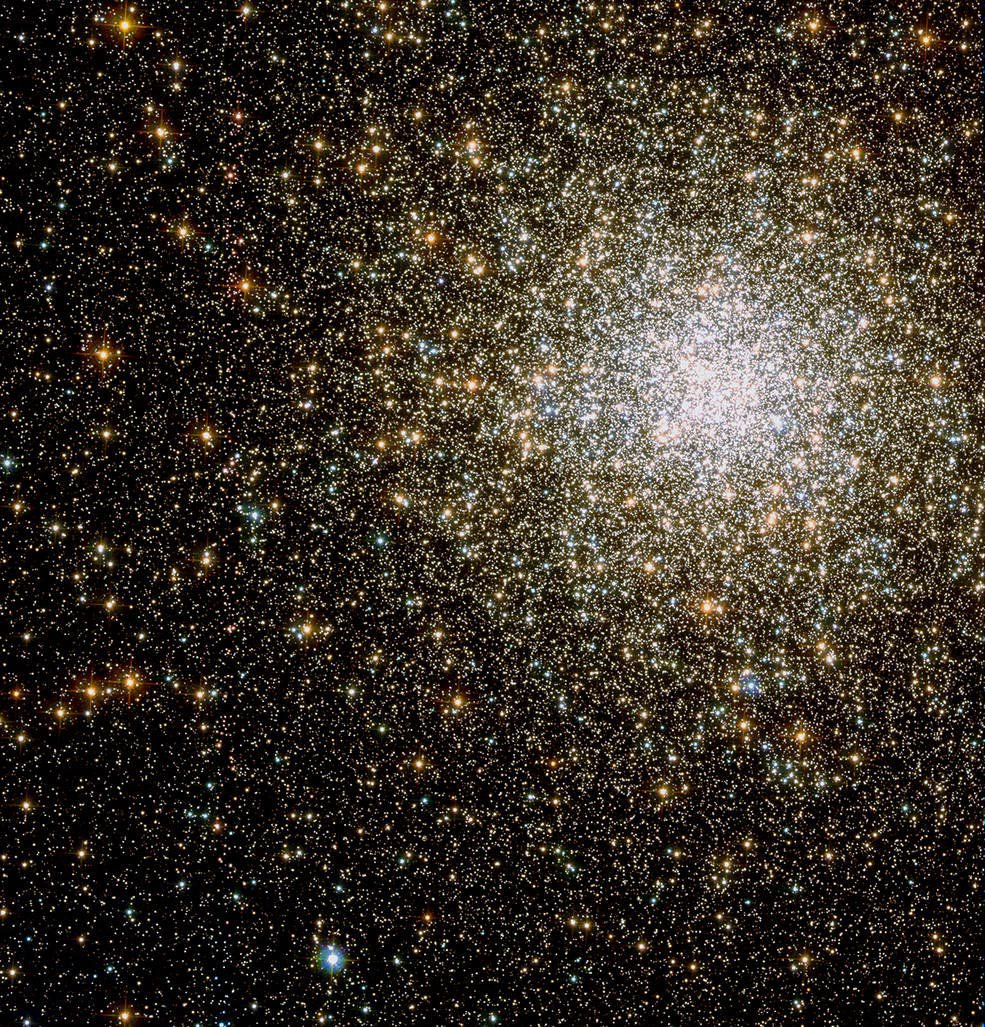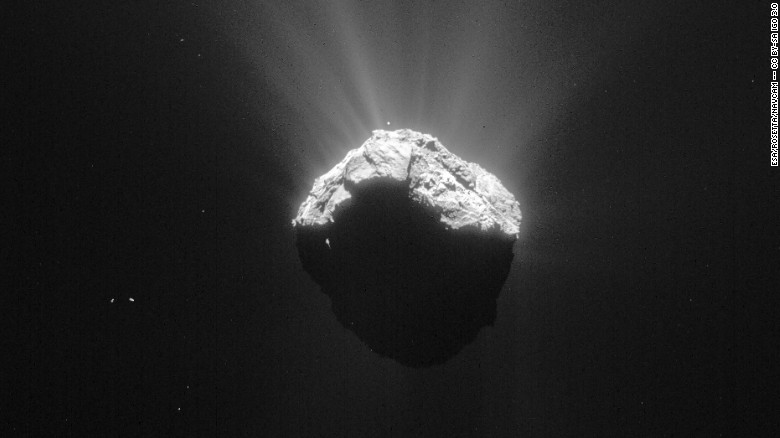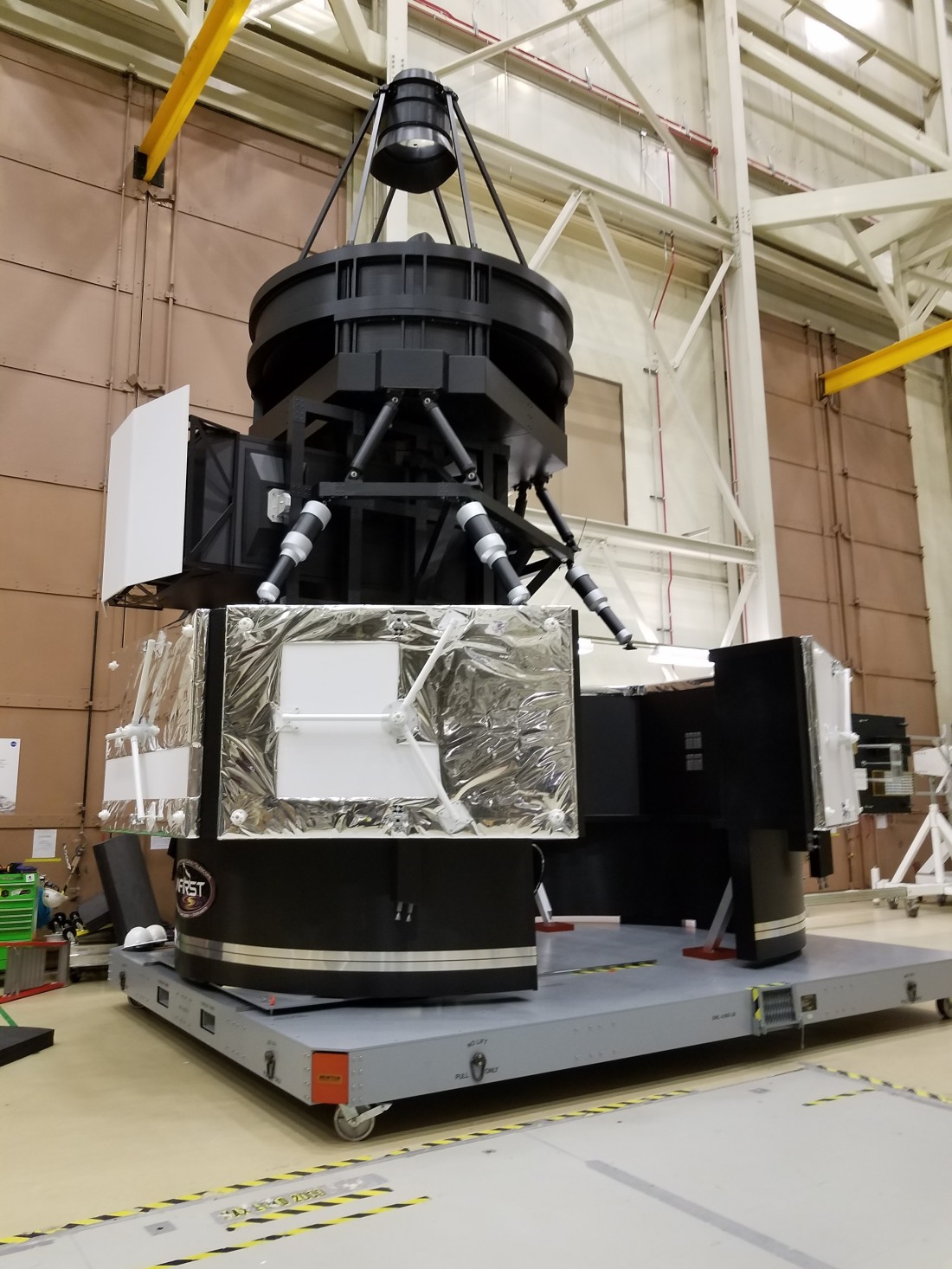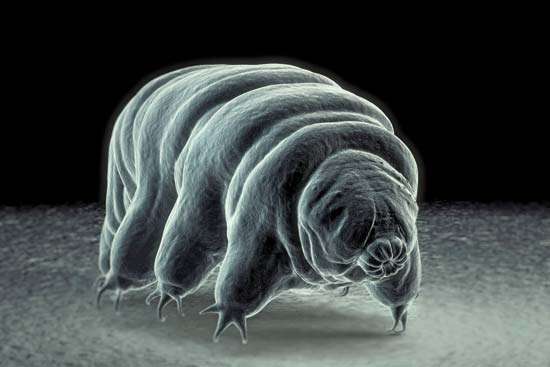You’ve probably heard of the name Hubble before. “Hey, isn’t that that big telescope that’s out in space taking pictures of the universe?” And, you would be right if you did ask such a question. But, like many things that are named and sent to space, these names have a meaning. The history of the name Hubble in our modern world begun with one man, just like you and me, called Edwin Hubble.

Hubble was a noble man. As a WWI veteran who was born in Missouri, he simply went on to pursue his passions. His fate with physics, however, was not coincidence, as he earned a full scholarship to the University of Chicago and worked on Robert Milikan, who would later go on to win the Nobel Prize for his quantization of the electron via his oil-drop experiment. Surprisingly, Hubble ended up graduating from the University of Chicago with a degree in Jurisprudence. For the 99.9% of people who are unsure of what this degree is, it is simply a degree in the philosophy of law. Despite this, Hubble returned to the university to get a degree in astronomy and was later recruited to be part California’s Mount Wilson Observatory.

It was in this observatory that, while studying galaxies Hubble noticed something interesting. Hubble discovered that galaxies were moving away from each other. But, this movement was not random at all, but instead at a linear rate. Let me explain this by using arbitrary terms. Let’s say that there is a galaxy called “A” that is x kilometers away from us. Now, let’s say there is a galaxy “B” that is 2x kilometers away from us. x can be any value, but it’s value does not matter. What does matter is the fact that B is 2 times further away from us than A is. Therefore, since B is two times further away than A is it will appear to be moving away from us twice as fast as galaxy A is moving away from us. Edwin Hubble and his colleagues published this data, resulting in a revolutionary look at space and the universe itself.

From this data we get the Hubble Law. Hubble’s Law simply states that the further away something is in space the faster it will appear to be moving away from us. From this we also derive the Hubble constant, which is this constant rate at which recessional velocity seems to increase as distance increases. Note, however, that this regards things not in our solar system that we are gravitationally locked to. This means that other things in our solar system, like the Sun and the planets, as well as other things in our galaxy, will not appear to be moving away from us because we are gravitationally locked with them. If this boggles you, think of it like this: every galaxy is in a car that is moving away from the other. If we welded those cars together, then they would still be moving, but moving together. Similarly, everything in our galaxy moves with the other, so this is not something you would see in the Milky Way.
The second thing to note is that these galaxies are not moving on their own accord, because according to the Hubble Constant at some point things really far away will appear to be moving away from us faster than the speed of light! However, this does not break physics, because the movement is caused by the expansion of space. Think of it like relaxing on top of a giant sheet of putty. If you pull it, you are not causing the motion, but rather the putty is. Similarly, the galaxies are not causing this motion but is a result of being carried away by the space under them. Since space is not matter, it does not violate any rules travelling faster than the speed of light or at any speed in general.

The second thing that is extremely important to point out is that the expansion of space does not create more matter, but rather just creates more space. This space is simply nothingness, so creating more nothing violates no conservation laws, including the conservation of energy or matter.
The most important thing to take away from this is that the universe is vast and continues to grow. As we try to learn more about space and space travel things are getting further away from us, and as the years go by feasible intergalactic travel becomes much more of an issue if we’re traveling by conventional distances. If humans truly want to explore the galaxy, we need to find a way to travel vast distances in short amounts of time. Maybe the answer lies in unlocking extra dimensions or other means, but the important thing to end with is that you, yourself, can ponder this and study this and one day profoundly change how we view things. Hubble was a simple man from a simple town and ended up profoundly changing the way we view space. Today there are so many astronomers that are tweaking Hubble’s predictions concerning the expansion of space. Even more, Hubble has inspired many with his work, including me. Whether or not astronomy is your inspiration, do not hold back. Take days to think and write and ponder, because only then will you be inspired to do something that you love and something the world will find amazing. Keep looking up.

Featured image sourced from The Astronomy Cafe.

